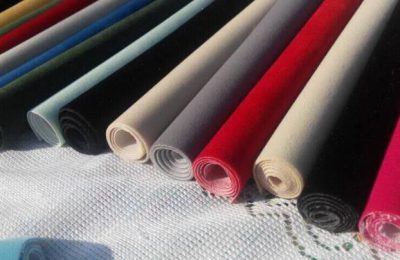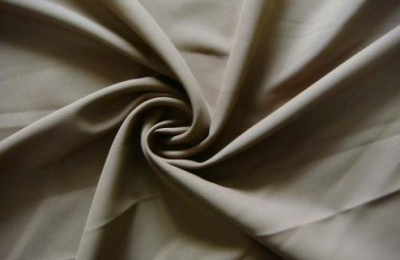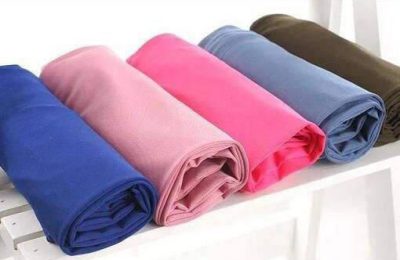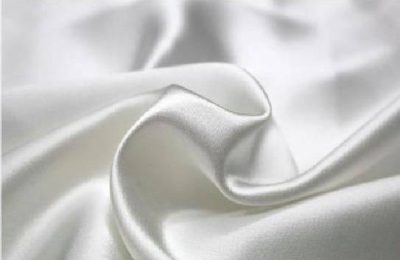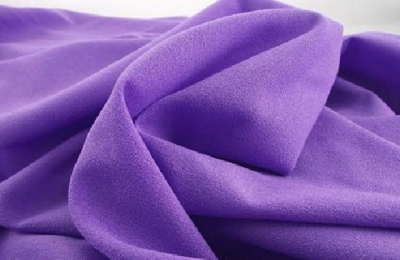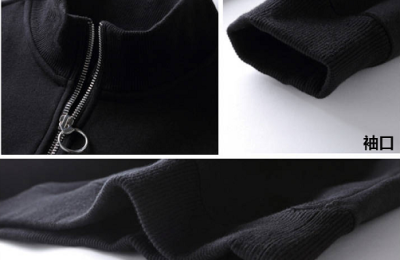The thickness of the ffp2 mask filter material is only about 0.2mm, which is very light and thin.
Intersected with traditional non-woven masks, they are much thinner.
The filter layer used by the mask membrane is less than 1/6 the thickness of traditional non-woven masks, and the breathing resistance of the mask is positively correlated with its thickness.
The nanometer-scale distribution of membrane pore sizes makes a layer of physical screening and filtration a reality, greatly reducing breathing resistance.
Only 1/2 of traditional non-woven masks.
The dust layer formed by the filtration of the ffp2 mask filter material is easy to crack and rot, and the filter material has good air permeability. Since the coated filter material relies on a thin film to capture dust particles, the dust layer can only form on the outside of the filter material film, and the film is hydrophobic. The adhesion between the dust layer and the filter material is small and easy to separate. It can fall off by its own weight without external force.
If under the action of back blowing, it can be completely removed. If anti-static PTFE high-temperature film is used, the dust will be peeled off more easily and the dust will be cleaned more thoroughly.
?The polytetrafluoroethylene microporous membranes produced by the manufacturer are all imported raw materials, with a full set of advanced production equipment, an advanced clean room and an independent composite slitting workshop, ensuring the quality of the microporous membrane. quality.
Interested parties can enter the store and contact us.
</p



